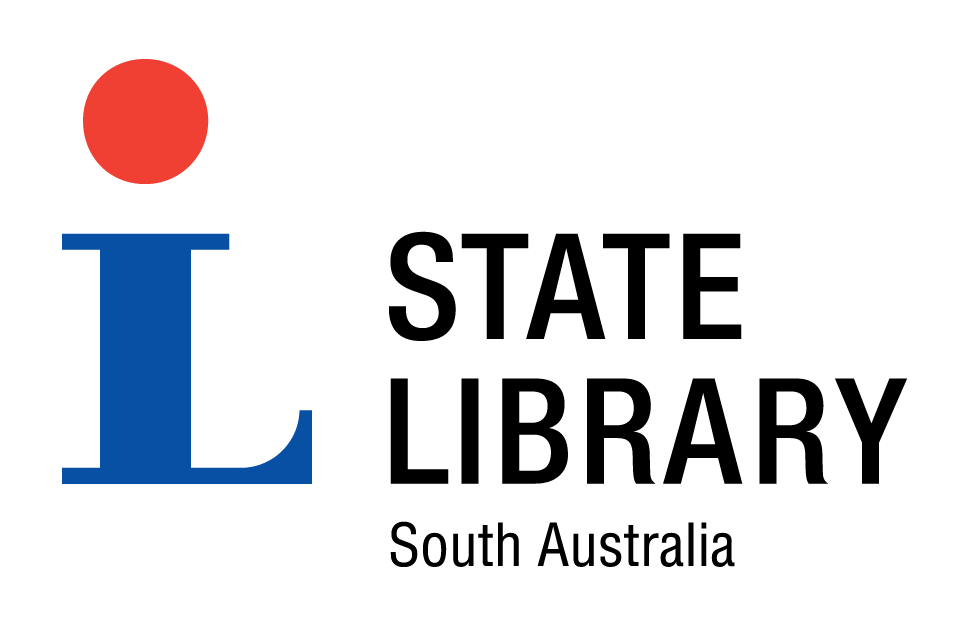
South Australia appears on the world map |
|||
|---|---|---|---|
| Title : | South Australia appears on the world map |

|
|
| Creator : | Colom, Arnold, 1624-1668 | ||
| Source : | Zee-atlas, ofte water-wereldt | ||
| Place Of Creation : | Amsterdam | ||
| Publisher : | de Nieuwen-brugh | ||
| Date of creation : | [1658] | ||
| Additional Creator : | York Gate Library | ||
| Format : | Book | ||
| Dimensions : | 580 x 362mm | ||
| Contributor : | Royal Geographical Society of South Australia Inc | ||
| Catalogue record | |||
| The State Library of South Australia is keen to find out more about SA Memory items. We encourage you to contact the Library if you have additional information about any of these items. | |||
| Copyright : | This item is reproduced courtesy of Royal Geographical Society of South Australia inc.. It may be printed or saved for research or study. Use for any other purpose requires written permission from Royal Geographical Society of South Australia inc. and the State Library of South Australia. To request approval, complete the Permission to publish form. |
| Description : |
The first discovery of the South Australian coast was in January 1627. The ship 't Gulden Zeepaard of the Dutch East India Company (VOC), under the command of Frans Thyssen sailed from the Netherlands for Java on 22 May 1626. Quite why the ship subsequently sailed along the southern coast of Australia instead of turning north at Cape Leeuwin in Western Australia for Java is not known. The ship did however continue to sail east as far as the Islands of Saint Francis and Saint Peter (later called Nuyts Archipelago by Matthew Flinders), near Ceduna, before turning back and proceeding to Java. It is only in maps of the time that this discovery of the southern coast of New Holland (Australia) appeared. Any reports of the voyage have been long since lost. The islands of Saint Peter and Saint Francis are believed to be named for the ship's captain Frans (Francis) Thysssen, and Pieter (Peter) Nuyts, a Dutch East India Company official travelling aboard the ship. The long stretch of southern coast appeared in maps and atlases usually marked 'Landt van P. Nuyts 26 January 1627'. Arnold Colom's map of the Oost Indien (East Indies) includes Dutch discoveries in Australia.
The islands in the Recherche Archipelago in Western Australia are also shown and several anchorages. The portions of the Western Australian west coast also discovered by the Dutch are shown, as is the west coast of Cape York Peninsula, discovered by Willem Jansz in 1606. It is the stretch of coast marked in yellow beneath New Guinea, and was at that time considered to possibly be a part of that island. Arnold Colom together with his father Jacob produced many fine atlases. A sea atlas noticeably provides no detail of the interior of countries but only the detail of the surrounding seas, with coasts, reefs, islands mapped. The tracery of lines across the chart are rhumb lines and are navigation lines. |
| Subjects | |
| Related names : | Colom, Arnold, 1624-1668 Nuyts, Pieter, 1598-1653 Thyssen, Frans 't Gulden Zeepaard (ship) |
| Coverage year : | 1606-1658 |
| Place : | East Indies |
| Further reading : | Schilder, Gunter Australia unveiled: the share of the Dutch navigators in the discovery of Australia Amsterdam: Theatrum Orbis Terrarum, 1976 Heeres, J. E. The part borne by the Dutch in the discovery of Australia, 1606-1765 London: Luzac, 1899 Heath, Byron Discovering the Great South Land Kenthurst: Rosenberg Publishing, 2005 The Dutch Down Under: 1606-2006 co-ordinating author, Nonja Peters Sydney: CCH Australia, 2005 |
| Internet links : | |
| Exhibitions and events : | State Library of South Australia: Mortlock Wing. Taking it to the edge August 2004- |


